Description
Description
Curcumin is clearly a wonderful compound that, in many ways, may provide a unique level of support to the body. The importance of that article was to understand the difference between a substance that works as an anti-inflammatory versus one that works to modulate the inflammation process.
I highlighted two major factors which showed the difference.
- Anti-inflammatories only work on one area of the entire inflammatory cascade and often have an overall negative effect on the entire cascade (as shown above) where a compound like curcumin has a positive effect on the entire cascade.
- The main job of curcumin is to possibly modulate the activation of nuclear factor kappa b response which is at the top of the inflammatory cascade.
- Nuclear factor kappa B is a protein complex that turns on genes that produce inflammation.
- Its three main jobs are the transcription of DNA, cytokine production, and cell survival.
- By modulating its action this, in turn, prevents the rest of the
cascade like cyclooxygenases (COX 1 and 2), Lipoxygenase (lkb4) enzymes and inducible nitric oxide synthase from responding in an unhealthy way.
What’s the difference between curcumin and turmeric?
In simple terms, turmeric is the whole root of the
While curcumin is one of the most well studied natural compounds and has more than 10,000 human and animal studies that provide a level of proof to its effectiveness(1), turmeric may in fact be the real superstar that has stood the test of time and been used in a safe and effective manner for just about anyone who deals with the stressors of daily life.
The real question is not whether you should use this powerful medicinal herb but ...
Which version is right for you?
In general terms both the whole turmeric root and the isolated compound curcuminoids do provide similar wonderful benefits but, there are several factors to consider when making your choice.
Traditional uses of Turmeric
Long before we had high tech extraction methods used to isolate compounds from a food or herb, these powerful medicines were being used in a very safe, effective and traditional manner to strengthen and support the human body.
It was these traditions that gave us the path to understand how these foods and medicines work. Turmeric is a wonderful example of how traditional methods have become a proven and effective way to ingest these powerful foods. Turmeric (not the isolated curcumin) is a staple in one of the oldest systems of medicine known as Ayurveda., a form of medicine based on the efficacious combination of food and herbs. This system really understands wholesome synergy.
It is well known that in order to derive the greatest benefit from the whole turmeric root...
it should be extracted as a tea or tincture or, cooked and consumed with some type of fat source.
A beverage known as golden milk has been a staple of Ayurvedic medicine for thousands of years. This is a good example of what can be learned from tradition as opposed to science. The superstar in this recipe is whole turmeric root powder. What makes this recipe so amazing are the supportive ingredients added to it. While there are different versions of this traditional ayurvedic recipe, in all their ingredients support digestion and absorption of the turmeric.
Some of these ingredients are cinnamon, cardamom, black pepper, and ginger because they all stimulate digestive fire. This drink is also traditionally made with milk which provides the fats needed to support the uptake of the active compounds found in turmeric.
Whole versus the parts
While the research is plentiful in regards to the standardized version of curcumin, sometimes research and lived experience don’t support each other.
The issue with this type of standardized form of curcumin is it’s poorly absorbed (less than 1% bioavailability) and (due to a half-life measured in minutes), it is quickly excreted from the body.
Another study shows that a curcumin-free turmeric extract has equally strong inflammatory modulation capabilities. The study states:
“Recent research has identified numerous chemical entities from turmeric other than curcumin. It is unclear whether all of the activities ascribed to turmeric are due to curcumin or whether other compounds in turmeric can manifest these activities uniquely, additively, or synergistically with curcumin. However, studies have indicated that turmeric oil, present in turmeric, can enhance the bioavailability of curcumin.”
According to the same study:
“Studies over the past decade have indicated that curcumin-free turmeric (CFT) components possess numerous biological activities including anti-inflammatory activities”.(2)
My Personal Experience with Curcumin and Turmeric
In my 18 year career as a Master Herbalist, I have acquired a great amount of clinical experience and curcumin is one of the herbs I use to help many people restore themselves back to good health. I have been using curcumin for many years as a part of my own health program.
However, around 3 months ago I learned a valuable lesson. I had been using a fairly large quantity of curcumin to support my health for about 1 year but with minimal results. After reviewing my program, I made the switch from curcumin to a whole turmeric root extract during the day and one glass of golden milk at night. Within 30 days, the difference in how I felt amazed me. What I most noticed was how my joints felt in the morning. I no longer had stiffness and joint popping when I woke up.
Over the next 30 days, an overall sense of well being enveloped me. But, the real test for me would be, how I felt in my training. After 26 years of competing in powerlifting, I am left with many chronic injuries which prevent me from training hard. Within a few months after the switch, movements I was unable to do for several years, I was once again doing.
Around 7 years ago doing an overhead pressing movement I hurt my left shoulder. Going from not being able to do any type of overhead pressing for so many years. to just a few weeks ago using the 80-pound dumbells for multiple sets is not to bad. From that point forward anyone who I was helping that I felt could benefit from this switch, I made the change from curcumin to
All of these people made substantial improvement.
Take home message
While science and technology are able to provide us with new answers, tradition and culture have long passed vital information down from generation to generation. Turmeric, not curcumin, is a good example of how the whole really is greater than the sum of its parts.
References
1)https://www.ncbi.nlm.nih.gov/pubmed/?term=curcumin
2)Aggarwal BB1, Yuan W, Li S, Gupta SC. 2013. “Curcumin-free turmeric exhibits anti-inflammatory and anticancer activities: Identification of novel components of turmeric”. Pubmed.gov. Accessed 7/3/18 https://www.ncbi.nlm.nih.gov/pubmed/23847105
About Michael Stuchiner
 Michael Stuchiner is an experienced Master Herbalist, the Head of Education for Z Natural Foods, a teacher, and an accomplished author. With an 18-year specialization in medicinal herbs, Mike also has a vast knowledge in tonic and adaptogenic herbalism. Mike has enjoyed a 25-year career as an elite-level competitive powerlifter where he learned to heal his ‘mind and body’ as an avid user of herbal remedies.
Michael Stuchiner is an experienced Master Herbalist, the Head of Education for Z Natural Foods, a teacher, and an accomplished author. With an 18-year specialization in medicinal herbs, Mike also has a vast knowledge in tonic and adaptogenic herbalism. Mike has enjoyed a 25-year career as an elite-level competitive powerlifter where he learned to heal his ‘mind and body’ as an avid user of herbal remedies.
As an “in-the-trenches” herbalist, Mike has done more than 85 speaking engagements, consulted with clients ranging from young to elderly, worked with athletes in virtually all sports and with clients who have “dis-ease” states of a wide variety. Mike also mentors student Master Herbalists and will continue to teach the next generation to grow a deeper wisdom of the human body through appropriate herbal remedies.
For Bulk inquiries and custom formulations click here: https://www.znaturalfoods.com/pages/bulk

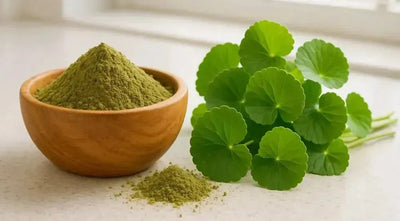
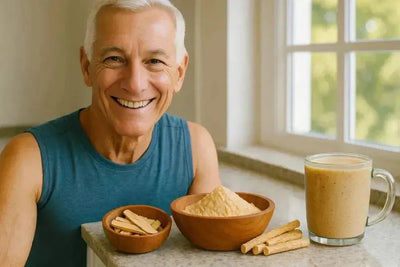
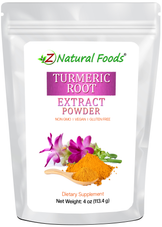

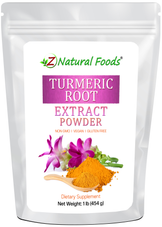
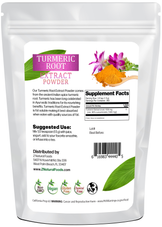
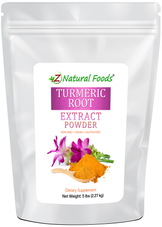
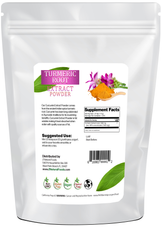


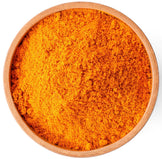
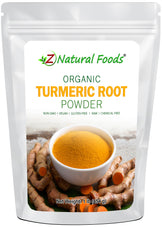
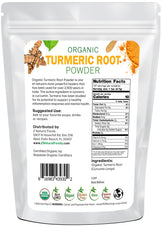
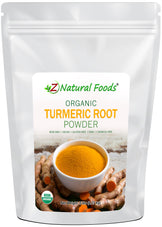
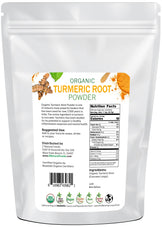





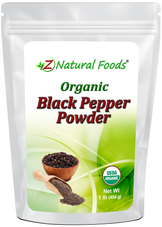
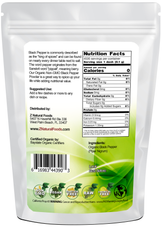
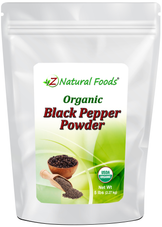

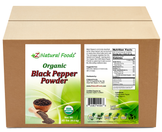
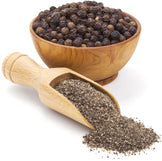


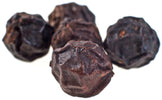
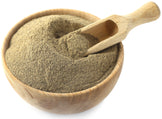

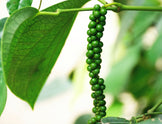
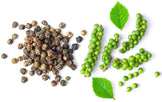
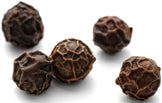


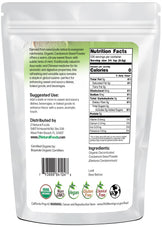
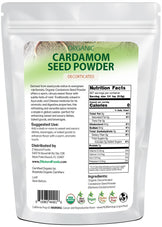
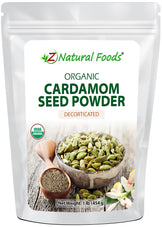
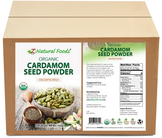
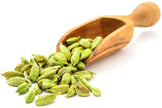
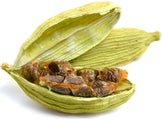

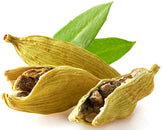




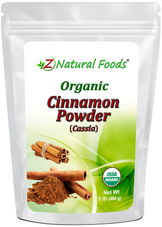
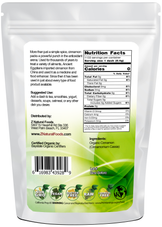

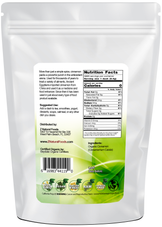






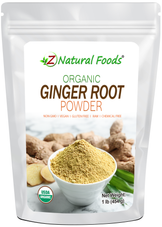

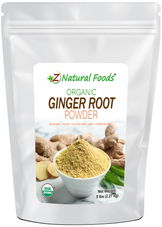


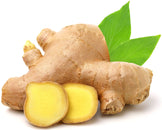
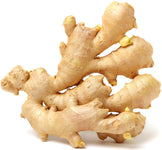
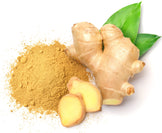

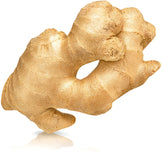
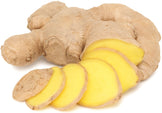




Hi Michael,
Should I use turmeric with piperine for turmeric to be effective?Thank you,
Crystal